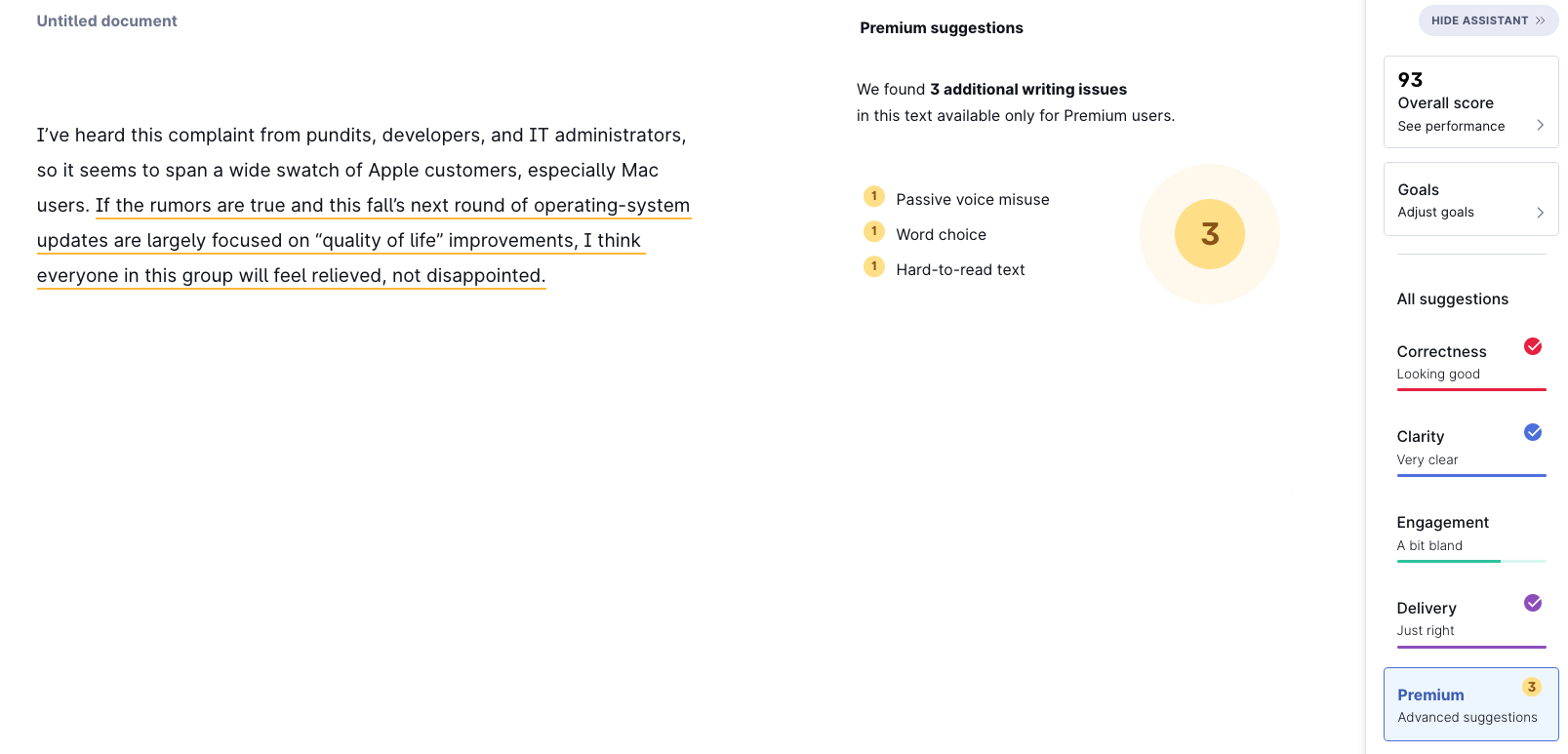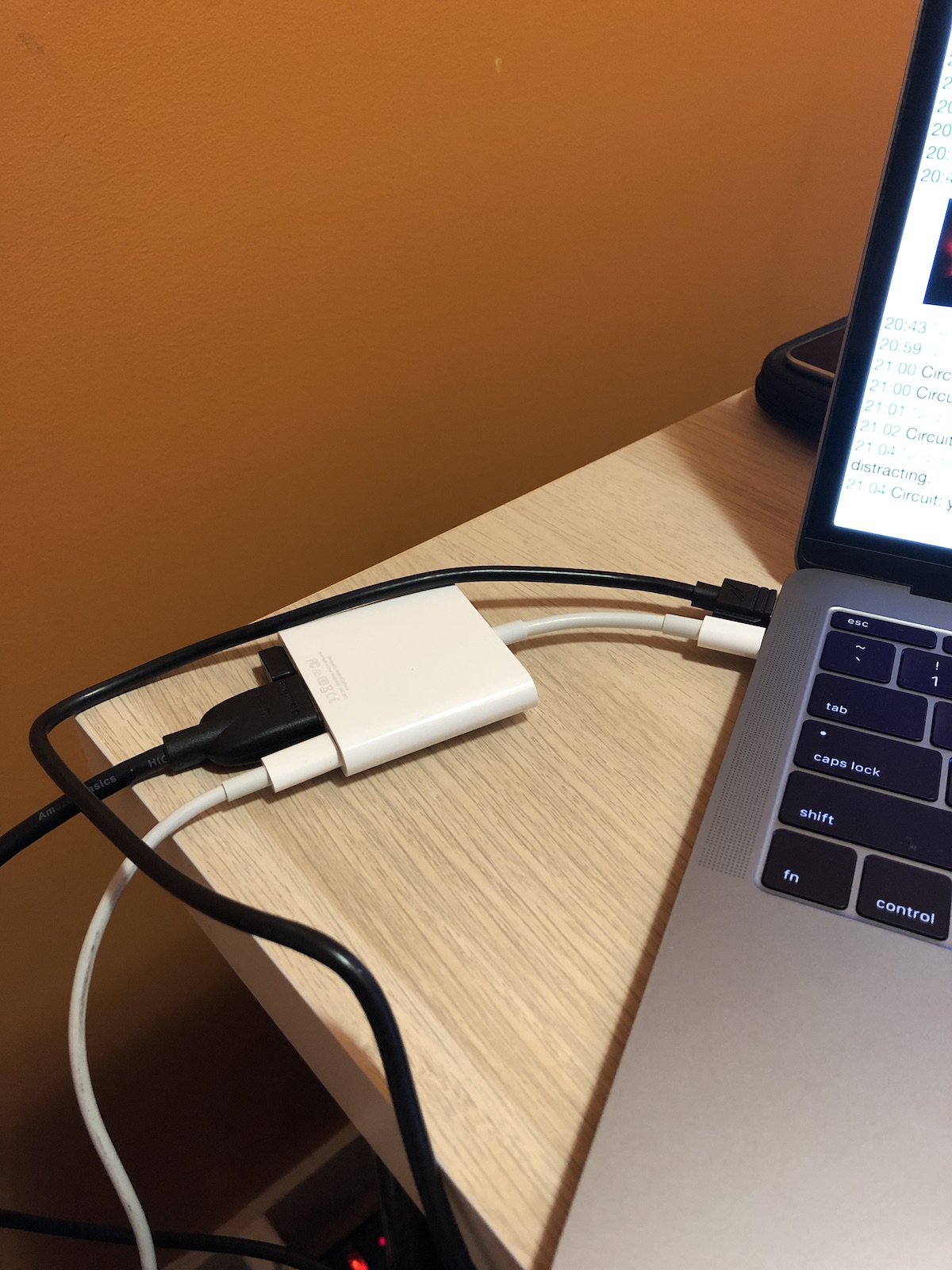I saw a link on Mastodon1aka the one social media platform I still use that led me to write.as, which is one of the blogging solutions I pondered when I was thinking a lot about moving away from WordPress. Then some things happened:
- I got distracted (this happens a lot)
- The easier route of just tolerating WordPress and doing nothing settled in and took root
- Not to mention, I know WordPress quite well after using it for almost 20 (!) years, so there’s muscle memory and all that encouraging me to stay put
But as someone who hopefully isn’t just an AI scraping my blog for weirds and probably untrue things to add to the AI Slurry of Knowledge (SOK), you may have noticed I’ve also been engaged in something I call The Culling for the last few years. I can’t recall if I’ve ever fully explained what it is, but it’s pretty simple.
The Culling, explained
- Big corporations are generally bad
- Big tech corporations seem to be extra bad, in that, “You think YOU’RE bad? Hold my beer. Hold all of my beers” way.
- Growing increasingly disenchanted, while also experience things like subscription fatigue, I have begun The Culling. The Culling is meant to move me away from services and software offered by Big Tech™ and to use either free (possibly even FOSS) or paid options from smaller companies that still see their customers as humans and want to treat them fairly, a radical notion on the current interweb.
WordPress has made some dumb (IMO) moves regarding AI and are generally heading in a direction I don’t like. Also, the platform is bloated, creaking and there’s way more here than I need to just write inane things and post pictures on a daily basis to an audience of one to five people, of whom I count myself. Thus began the search for a replacement, which would also be part of The Culling.
And then lazy, too easy to do nothing, etc.
But now I’m looking again. I feel I’ve somehow managed to tap into one of those moments where I am invigorated for [x] period of time, and I am seizing it to move forward in several areas, one of which is this here blogging thing.
I will report back soon or soon-like.








